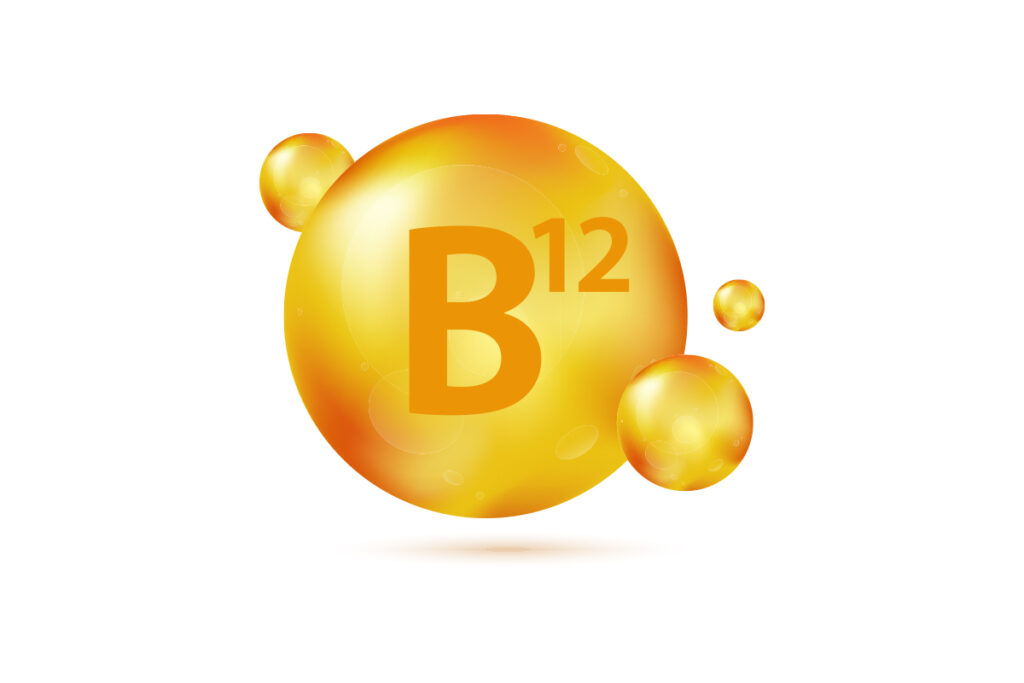Adenomyosis is a condition that can cause painful, heavy periods.
Adenomyosis
Adenomyosis occurs when the inner lining of the uterus grows into the muscular wall. This displaced tissue can impact symptoms experienced during the menstrual cycle.
Adenomyosis is a common condition, affecting up to 65% of American women. While its symptoms vary, the frequent pain and heavy periods often associated with adenomyosis can have a negative impact on a woman’s quality of life.
Risk Factors and Symptoms
Though adenomyosis can affect menstruating women of all ages, it most often occurs in women who have been pregnant or have endometriosis, a serious condition that causes abnormal growth of endometrial tissue.

Some women with adenomyosis may exhibit no signs. Others may experience symptoms, which can include heavy or prolonged menstrual bleeding, severe cramping during menstruation, bloating, and chronic pelvic pain and pressure. Adenomyosis may cause the uterus to become enlarged, resulting in tenderness or pressure in the lower abdomen.
Treatment and Outlook
Adenomyosis may resolve after menopause, but there are options for women seeking more immediate relief from symptoms. Mild discomfort can be treated with over-the-counter pain medication and the use of a heating pad. Your doctor may prescribe medication to regulate estrogen levels – which are associated with menstrual bleeding and cramping – and ease symptoms experienced during the menstrual cycle. For women experiencing severe symptoms that interfere with everyday well-being, a hysterectomy, or removal of the uterus, will cure adenomyosis.
If you are experiencing heavy and painful periods and abdominal discomfort, your gynecologist can determine whether adenomyosis is the cause and advise the best treatment to provide relief.





